- About us
- Support the Gallery
- Venue hire
- Publications
- Research library
- Organisation chart
- Employment
- Contact us
- Make a booking
- Onsite programs
- Online programs
- School visit information
- Learning resources
- Little Darlings
- Professional learning
William Robertson (1798-1874), pastoralist and entrepreneur, was a key player in the settlement of Victoria in the 1830s. A farmer's son, Robertson came to Van Diemen's Land in 1824 and took up land and cattle runs in the midlands before establishing a business in Hobart. By 1835, he and his brother, John, had amassed sufficient capital to join a number of other investors, including Joseph Gellibrand and John Batman, in a scheme to expand pastoral activities into the unclaimed districts along the northern shores of Bass Strait. They helped finance Batman's exploratory trip to Port Phillip in 1835, during the course of which he made a 'treaty' with the Aboriginal people that he later used as the basis for a 600,000 acre land claim on behalf of the syndicate - the Port Phillip Association. Robertson travelled to Port Phillip in 1836 and 1837 to select his share of the land, his holdings by the late 1840s concentrated in the area around Colac. Robertson stocked his properties with 'the best bulls and cows that could be got in the colonies' as well as making return journeys to Britain to select livestock for export. He oversaw the operation of his pastoral empire from his home, Melrose, in Battery Point, until retiring from his Hobart business in 1852. He settled permanently at his Colac property, Corangamarah, in the early 1860s. His obituary described him as a 'founder' of Victoria's fortunes: 'He took an important part in its early struggles for existence, and never ceased his exertions in it until by his acumen, energy, and perseverance, his lands became a vast possession and himself a millionaire.'
Margaret Robertson (née Whyte, 1811–1866) was the daughter of settlers George and Jessie Whyte, who emigrated to Van Diemen’s Land from Scotland in 1832. In September 1834, Margaret married Scottish-born entrepreneur and landowner William Robertson (1798–1874), who had arrived in the colony in 1822 and who, in the decade leading up to his marriage, had acquired land nearby to a property owned by Margaret’s family. The first of Margaret and William’s seven children – four sons and three daughters – was born in 1835. The family resided in Hobart until the early 1860s, when Roberston relocated to his Victorian estate, where Margaret died in February 1866.
William Robertson junior studied at Oxford University and is said to have been the first Australian to row in an Oxford eight, his team victorious in the Boat Race of 1861. He graduated in 1862 and returned to Australia after being admitted to the bar and marrying in England in 1863. He practised in Hobart before heading to Victoria where, in addition to his work as a barrister in Melbourne, he assisted his three brothers in the management of the family properties. William served as a member of the Victorian Legislative Assembly between 1871 and 1874 and again from 1881 to 1886; he also served on the Colac Shire council.
Collection: National Portrait Gallery
Gift of Malcolm Robertson in memory of William Thomas Robertson 2018
Donated through the Australian Government's Cultural Gifts Program
William Robertson (age 62 in 1860)
Margaret Robertson (age 49 in 1860)
William Robertson Jnr (age 21 in 1860)
Martha M. Robertson (age 16 in 1860)
Malcolm Robertson (16 portraits)



On one level The Companion talks about the most famous and frontline Australians, but on another it tells us about ourselves.
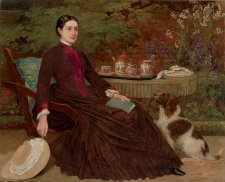
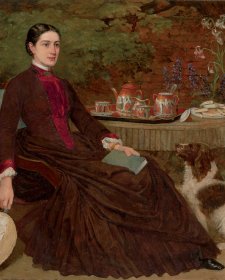
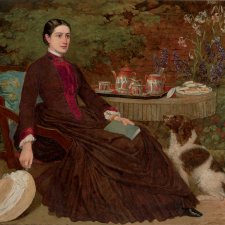
Malcolm Robertson tells the family history of one of Australia's earliest patrons of the arts, his Scottish born great great great grandfather, William Robertson.

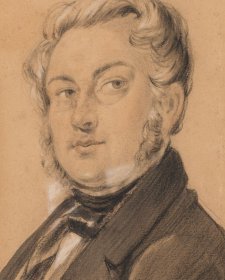
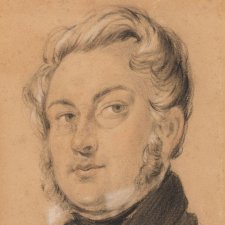
Elegance in exile is an exhibition surveying the work of Richard Read senior, Thomas Bock, Thomas Griffiths Wainewright and Charles Rodius: four artists who, though exiled to Australia as convicts, created many of the most significant and elegant portraits of the colonial period.